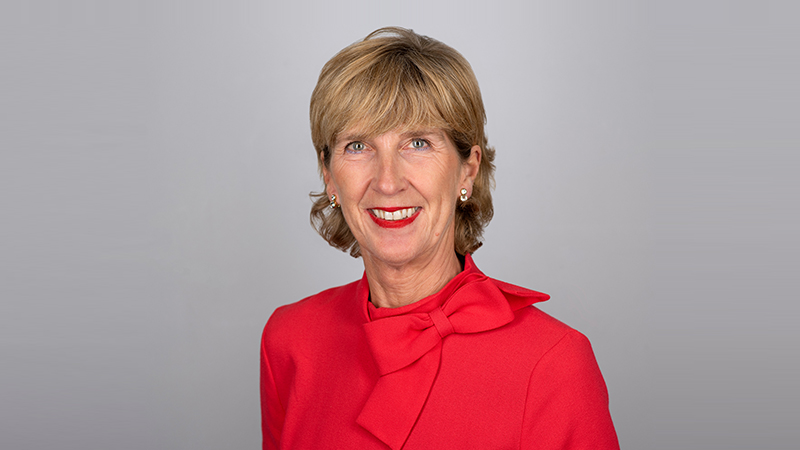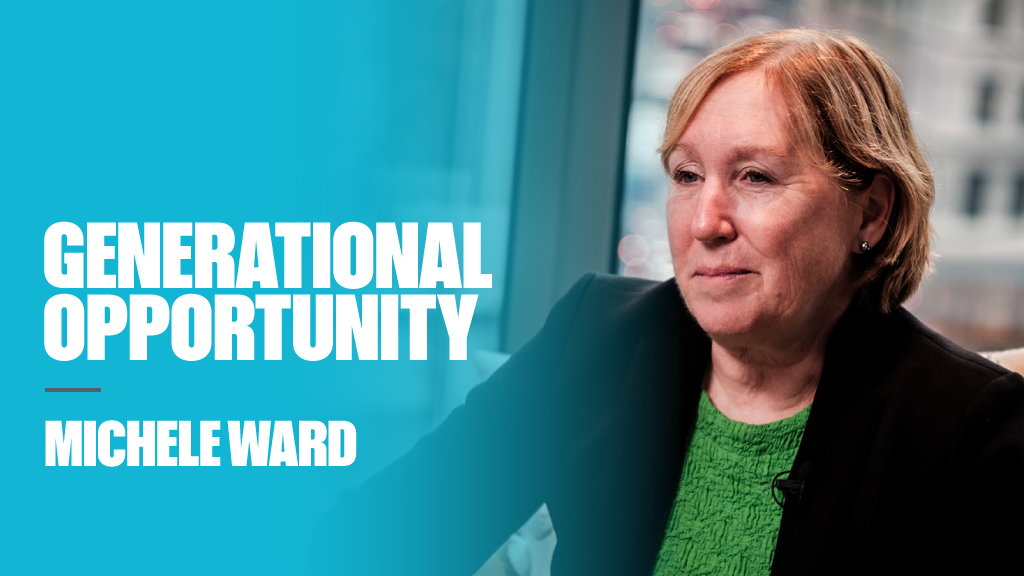Royal London launched its Absolute Return Government Bond strategy a decade ago – with markets seeing notable highs and lows since then. In this interview, fund manager Paul Rayner discusses how the strategy started and how it has evolved over 10 years.
The fund launched in 2014 – what was the thinking behind it?
First, and most importantly, clients were interested in a product, that in a low interest rate environment could provide positive absolute returns without being reliant on market direction. Second, we felt that our approach to government bond markets was suited to this strategy – we’ve always believed that sovereign markets were less efficient than many think, and that there were elements of our existing approach that would help us to exploit those.
How easy was it to adjust the existing approach?
In one sense it was simple: we already looked for inefficiencies in sovereign markets, but at times couldn’t exploit them all because our existing strategies were long-only. For example, as an index linked manager, I could not go ‘overweight’ inflation as my benchmark was already 100% inflation.
Once we set up the fund, not only did it allow us to implement all our best ideas it also helped evolve the overall approach we took as a team – in effect becoming the focus of the team’s idea generation. It is a best ideas vehicle that all members of the team can contribute to equally
What were some of the key events and challenges faced by the Fund?
One of the toughest times for the fund was during Covid. It was a period where we were all working in isolation, and the positions in the fund were not set for a global pandemic. We had thought that global growth would pick up and that inflation breakevens were cheap and would increase. Obviously when Covid struck, inflation dropped like a stone – it caused a significant drawdown for the fund.
This is where our risk management approach really proved itself. We looked at how other positions within the funds were performing – such as a long duration stance which mitigated the impact – meaning we could continue to run our inflation position for longer.
LDI crisis in 2022?
Similarly to Covid, we had large curve positions in the UK – we felt that the UK short end was too cheap and long end too expensive, so the yield curve would steepen. When yields spiked and LDI clients started selling to meet margin calls, both nominal and real yield curves flattened aggressively and impacted performance. But again, our risk management process meant that we continued to run the positions, as we had offsetting global cross market positions – which meant that we were essentially short the UK versus an overweight in US and Australia. Our approach is focused on risk but also on managing the overall performance of the fund.
What’s next for this fund?
I think we are now in a more favourable environment than we had 10 years ago! That may sound counterintuitive when we all know there are lots of risks for bond investors to consider – budget deficits are high across most developed markets and geopolitical risk continues to simmer. Overall bond yields are higher, which means that this fund can benefit from a strong ‘foundation’ through returns from cash and cash-like products. With regards alpha generation, bond volatility is high and I think is likely to remain high for a number of years. This allows us to implement multiple diversified strategies on a best ideas basis and utilising our careful risk management approach we aim to add incremental positive returns with minimal drawdown.
To find out more about the fund visit Celebrating 10 years of our RL Absolute Return Government Bond Fund | Intermediaries | RLAM
This is a financial promotion and is not investment advice. Past performance is not a guide to future performance. The value of investments and any income from them may go down as well as up and is not guaranteed. Investors may not get back the amount invested. Portfolio characteristics and holdings are subject to change without notice. The views expressed are those of the author at the date of publication unless otherwise indicated, which are subject to change, and is not investment advice.









